Gas and Temperature . (taking precautions)
Yesterday, while i went to visit a friend, and i rode in his car to get the gas cylinder filled. It was the time we wanted to fry some eggs, that we discovered the gas cylinder was empty. when we returned, he placed the cylinder some steps to where a gabbagge was being burnt. When i saw it, i ran like i was being chased to quickly take the cylinder away from the point. Then I had a throwback in the my college days what science taught me about the relationship between Gas and Temperature.
I picked an interest in talking about What Gas, is, it's components and theories and that of Temperature.
/Gas/
Gas is an air-like fluid which irrespective of its quantity expands freely to fill any available space. It is a sample of matter that conforms to the shape of a container in which it is held and acquires a uniform density inside the container, even in the presence of gravity and regardless of the amount of substance in the container. If not confined to a container, gaseous matter, also known as vapor, will disperse into space [ref].
There are four states of matter - Solid, Liquid, Gas and Plasma. Gas is one of these fundamentals which needs to be given much precautions and attention.
I will analyse the above definition for better understanding.
Its a sample of matter-- Matter is things around us we can see, hold and feel.
That conform to the shape of container in which it is held........and regardless of the amount..... - This means that irrespective of the size of a container it is contained, it spread itself to fit into the exact available space and if not contained in an enclosed area or container, it disperses or escapes into the air. This can also be noticed in some gaseous matters e.g vapour. [Vapour]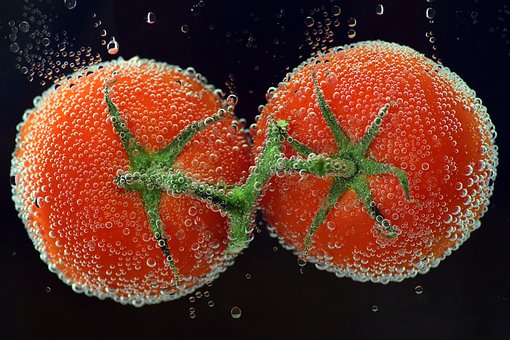
The molecule of matter move freely in gaseous form or state. such molecules in gaseous state are packed more loosely as compared to molecules of the same substance which are in solid or liquid states.
Some places and instances where Gas are used thus:
/TEMPERATURE/!
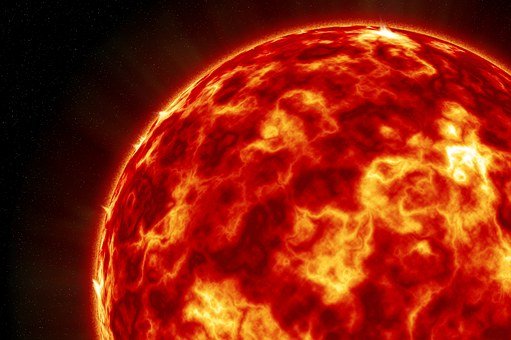
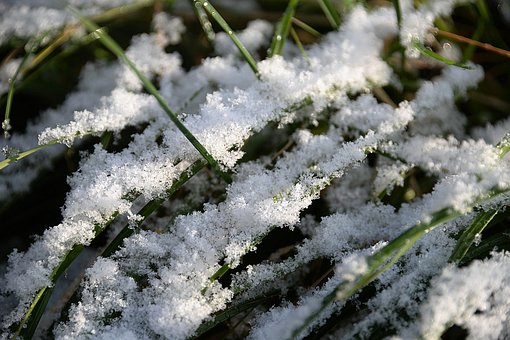
Many physical processes are affected by temperature, such as physical properties of materials including the phase (solid, liquid, gaseous or plasma), density, solubility, vapor pressure, electrical conductivity, rate and extent to which chemical reactions occur, the amount and properties of thermal radiation emitted from the surface of an object [wikipedia]
speed of sound is a function of the square root of the absolute temperature.
Compressed Gas can be very hazardous if improperly used or mishandled. Some gases can be very poisonous, acidic, reactive, explosive or corrosive. However, the following precautions should be considered.
Ensure it is equipped with the correct regulator.
Inspect the regulator and cylinder valves for grease, oil, dirt, and solvent. Never use grease or oil to lubricate regulators or cylinder valves because they can cause an explosion.
Cylinder should be positioned so that the upper valve handle can be easily accessible.
While using toxic or irritating gas, the valve should only be opened while the cylinder is in a working fume hood.
Use only tools that are provided by the cylinder supplier to open or close a valve. Do not use Pliers to open a cylinder valve. Some regulators require washers; it should be checked before the regulator is fitted.
Keep fire extinguishing equipment readily available as combustible materials can be exposed to welding or cutting operations using compressed cylinder gases.
A lot of people make such mistake as using a lighter to check where gas leaks. This is very dangerous, unethical and can cause fire.
Storing your gas cylinder is very important. A cylinder should always be placed or store vertically [proper storage]
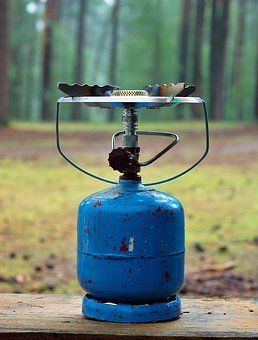
Keep cylinder away from electrical socket or appliances, flammable substance and direct sunlight.
Keep in a well ventilated location.
It must be secured at all times to avoid tipping.
Use appropriate material, such as chain, plastic coated wire cable, commercial straps, etc., to secure cylinders.
The appropriate storage for oxygen cylinders requires that a minimum of 20 feet is maintained between flammable gas cylinders and oxygen cylinders or the storage area be separated, at a minimum, by a firewall five (5) feet high with a fire rating of 30 minutes.
Keep away from direct sunlight and away from sources of heat and ignition; temperatures must not exceed 125 F.
Acetylene gas cylinders should never be stored on their sides.
Always place valve protectors on gas cylinders when they are not connected for use.
They must be protected from damage. Do not store cylinders near elevators or gangways, or in locations where heavy-moving objects may strike or fall on them.
They must be stored where they are protected from the ground to prevent rusting. Cylinders should be protected against tampering by unauthorized individuals.
Storage areas must be well-ventilated, cool, dry, and free from corrosive materials.
Do not drag, slide or roll a cylinder; use a cylinder cart or basket.
Ensure you have the protective cap covering the valve when transporting the cylinder.
Never transport the gas cylinder with the regulator in place.
Be sure the gas cylinder is secured to the cart before moving it.
Do not drop gas cylinders or strike them against each other or against other surfaces violently.
Do not use the valve cover to lift cylinders; they could be damaged and become unattached. If the cylinder is dropped on a hard surface it can cause an explosion.[further reading].
References:
Thank you for reading.
@bob-elr
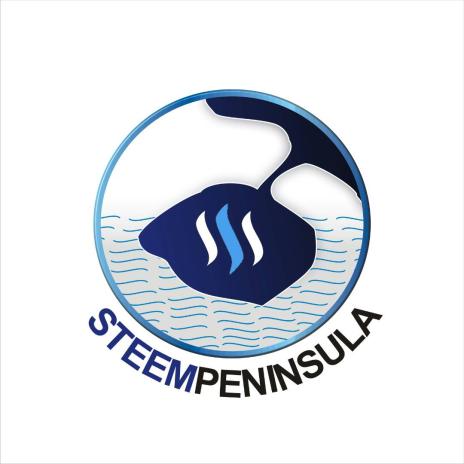
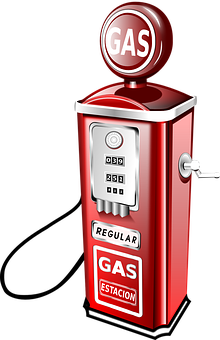 )
)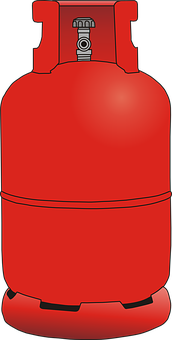
 )
)
These tips are highly helpful, although in a country like ours where data is severely inadequate to ascertain casualties from domestic accident relating to gas explosion.
This post is really helpful!
very useful information, either for plants and household to take into account.